A strange phenomena has emerged in the huge world of gaming, where cutting-edge graphics and immersive virtual realities rule the scene. The practise of playing old video games again, or retro gaming, has been increasingly popular in recent years.
It’s not simply nostalgia; it’s a passionate embracing of 8-bit music and pixelated visuals. We’ll delve into the interesting realm of retro gaming and examine the factors that contribute to its continuing popularity in this post.

1. A Journey Back in Time
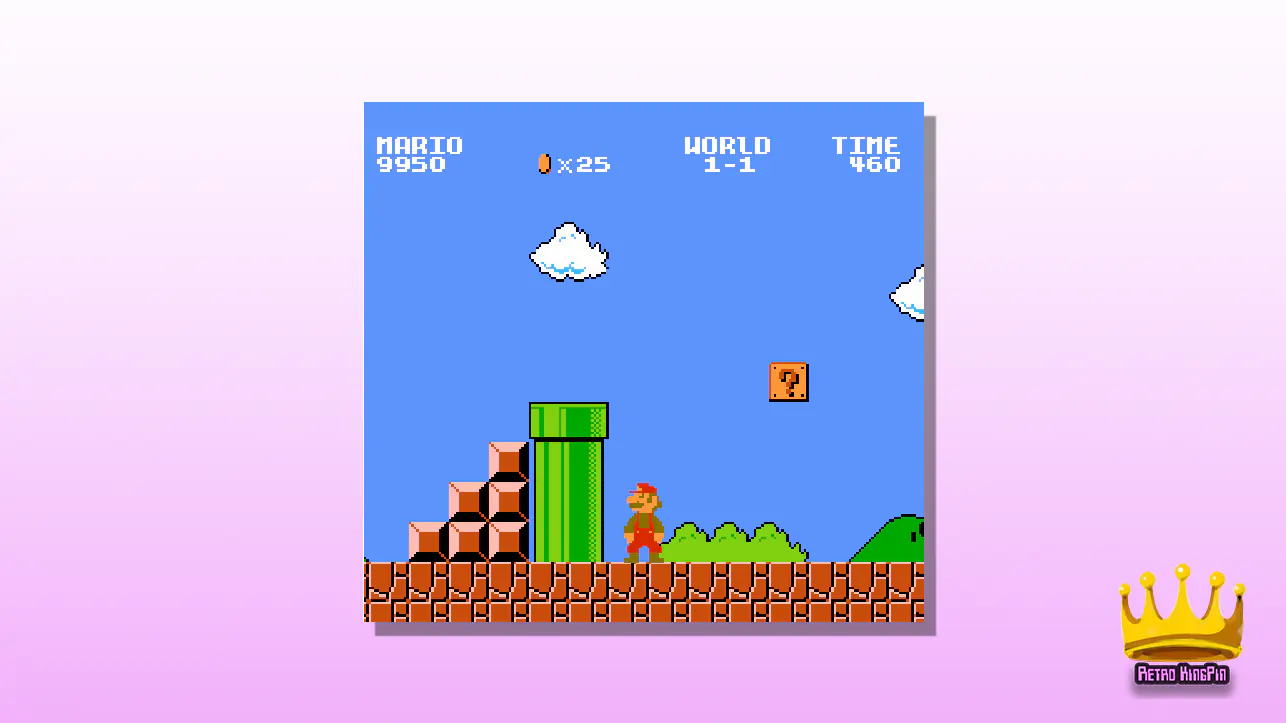
Consider for a minute setting out on a whimsical expedition, a journey that goes beyond the confines of our contemporary day, in which we are surrounded by photorealistic images and intricate stories. This voyage through time is a gateway into the captivating world of retro gaming, where each pixel and each beep narrates a tale of a bygone era.
Retro gaming’s fundamental possibility to travel back in time through nostalgia is unmatched. Not only are games involved; a whole cultural era is being relived. Consider the era of the 1980s and 1990s, when arcades hummed with enthusiasm and living rooms reverberated with the clanging of joysticks. Imagine yourself in one of those neon-lit arcades, lost for hours in the hypnotic glow of the video game cabinets.
In those days, playing video games was a social pastime rather than a solitary one. Friends gathered around a Pac-Man machine to plan their next move in the maze. In the virtual world of Super Mario, siblings competed amicably and occasionally not so amicably. Retro gaming’s journey through time rekindles the friendship and sense of community that characterised a generation.
But, the attractiveness is not limited to the social component. It’s about the tactile sensation of grasping a large Game Boy or inserting a cartridge into a classic console. The voyage includes both the aural feedback and the physical feelings. A sense of ceremonial nostalgia is evoked by the press of a button, the pleasant snap of a cartridge, and the recognizable sound of the NES launch screen that is impossible to re-create in today’s modern, touch-screen society.
Even more intriguing is the fact that this journey is open to anyone, not just those who were alive at the time. Retro gaming has the amazing ability to cross generational divides. Parents build a bridge across generations by exposing their kids to the games they played as youngsters. It gives grandparents the chance to tell curious grandkids about their gaming exploits.
Retro gaming offers a much-needed diversion in a culture that frequently seems fixated on the next big thing. It’s a recognition that advancement, although clearly impressive, doesn’t always translate into better experiences. Retro games’ straightforwardness serves as a helpful reminder that sometimes less really is more.
In the end, retro gaming’s trip through time is more than just a nostalgic look back; it’s also an investigation into the very nature of gaming. Players are encouraged to step away from the hectic pace of the present and re-live the timeless delight of the heyday of gaming through this immersive experience. Hence, keep in mind that you aren’t just playing games as you set out on this fascinating journey; rather, you are entering a time capsule of memories, feelings, and shared experiences that have stood the test of time.
2. Nostalgia: The Driving Force
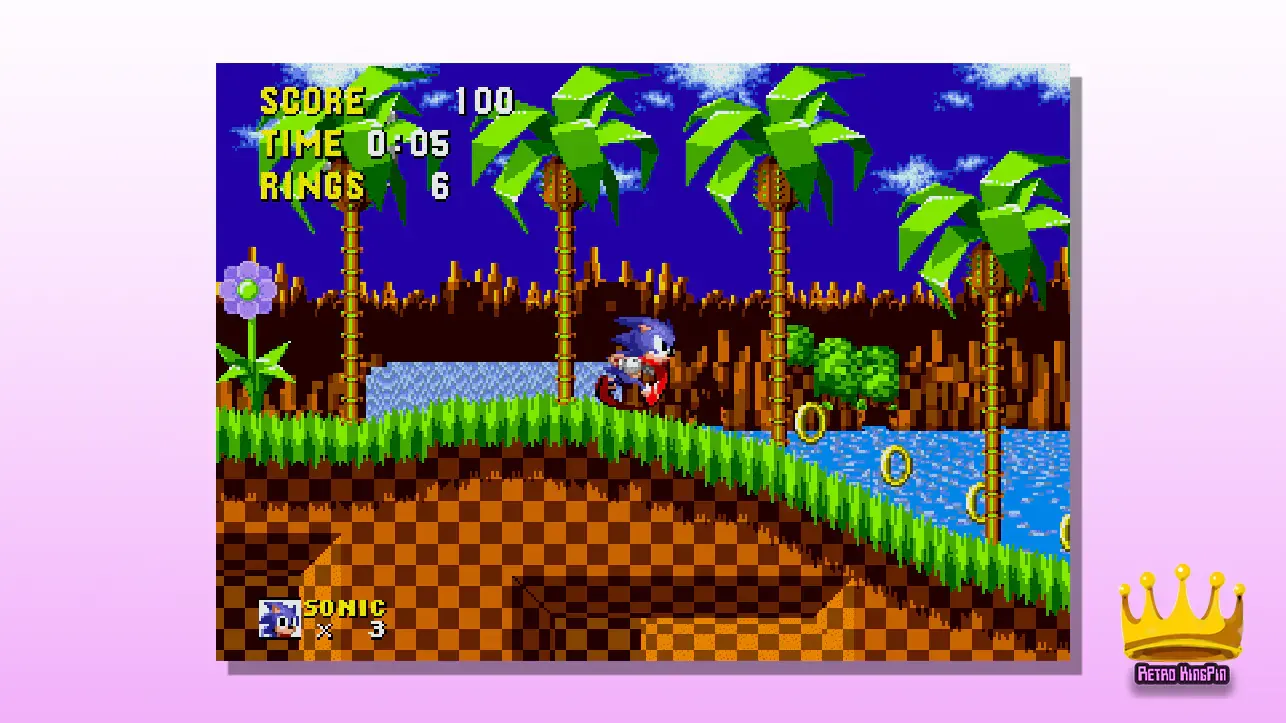
The rebirth of retro gaming is driven by nostalgia, that bittersweet yearning for the past. Both experienced players and newbies are drawn into the pixelated hug of the past by its magnetic pull. As you go more into this fascinating topic, you’ll discover that nostalgia in retro gaming is a multidimensional gem, reflecting feelings, memories, and connections that gamers find extremely meaningful.
Retro gaming is fundamentally about reviving memories, and nostalgia is the flame. Players can be transported back in time to a time when life was simpler and gaming was a treasured past time by the simple opening notes of a classic game’s soundtrack. It serves as a recall of the time when worrying about Bowser’s defeat rather than the demands of adult life was the main concern.
Also, nostalgia acts as a reminder of the people and settings connected to those games. It can be the idea of a treasured gaming lair where innumerable adventures took place or the memory of playing Sonic the Hedgehog with childhood friends. Retro gaming helps to maintain and revive these memories, turning them into priceless treasures.
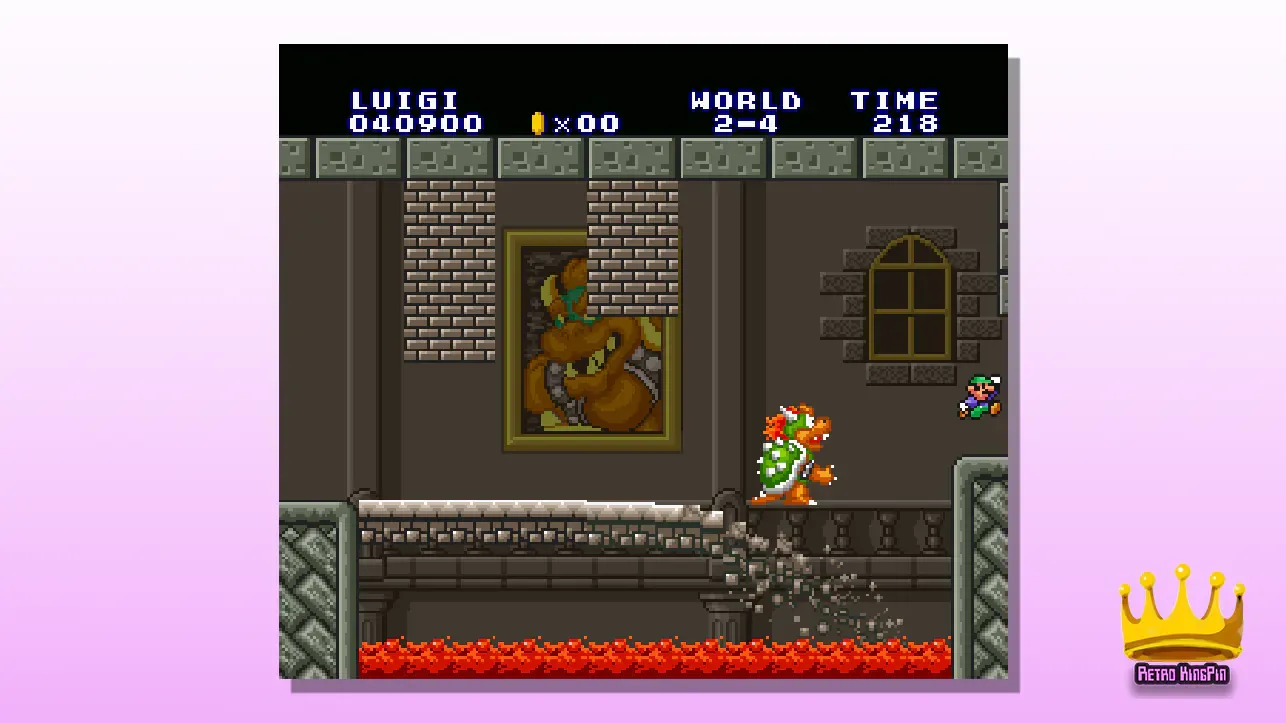
Age is not a factor in nostalgia; it is a bridge that connects generations. Parents introduce their kids to the video games they played as kids to create a special bond. Parents can put themselves in the shoes of their younger selves as a result of this shared experience, fostering greater intergenerational empathy.
Even grandparents enjoy playing video games with their curious grandchildren. Imagine the delight of a grandmother discussing the intricacies of Pong or Space Invaders, drawing parallels between their own gaming history and the infatuation with pixels and high scores of a younger generation. This intergenerational connection to childhood memories is a lovely illustration of how ageless video games are.
In a world that is undergoing tremendous change and where technology is developing at a dizzying pace, nostalgia provides a reassuring anchor. In the midst of the barrage of new releases, retro games are a comfortable haven. With the complications of modern life, its gaming mechanics and pixelated aesthetics offer a comforting consistency.
Beyond the games themselves, nostalgia embraces you with comfort. It can be felt in the unique click of a controller or the texture of an old-fashioned joystick. A strong sense of nostalgia can be triggered just by holding a vintage Game Boy or operating the tactile buttons on an ancient console. It serves as a physical memory of simpler times and a connection to the past.
3. Simplicity in Complexity
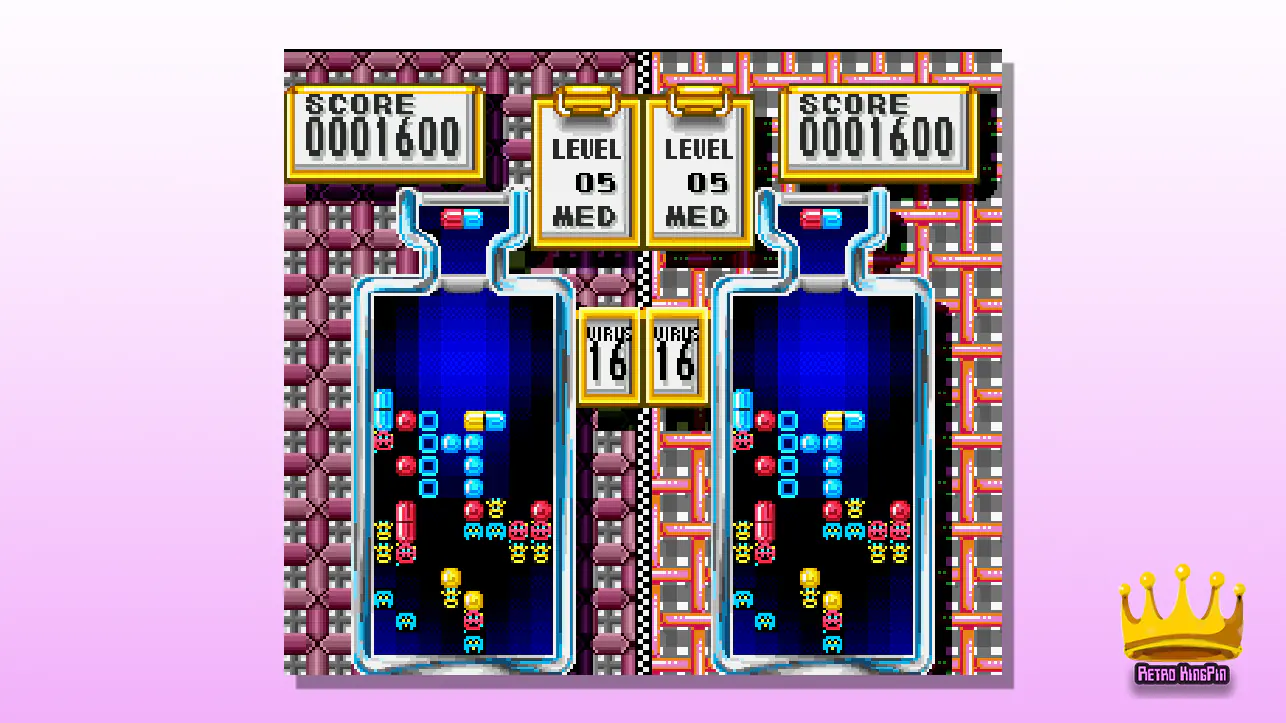
It may be argued that the sophistication and graphics of contemporary video games have surpassed those of their predecessors. Despite the fact that, retro games stand out for their simplicity. Players can pick them up and start having fun right away thanks to their simple mechanics and simple gameplay. A game like Space Invaders or Donkey Kong has an elegance to it that stands the test of time.
Vintage games frequently follow a basic rule: minimalism. In comparison to contemporary games, they include basic graphics, simplistic gameplay mechanics, and restricted sound capabilities. In the context of modern video games, this might initially seem rudimentary or even antiquated. Yet the thing that makes this simple approach special is just that.
Pong or Space Invaders come to mind as classic video games. They give players straightforward tasks to complete, such as bouncing a ball back and forth or eradicating waves of descending alien invaders. These video games are the height of minimalism. They don’t require extensive tutorials or complicated control systems because of how simply they are designed, which makes it easy for players to understand the goals and regulations right away.
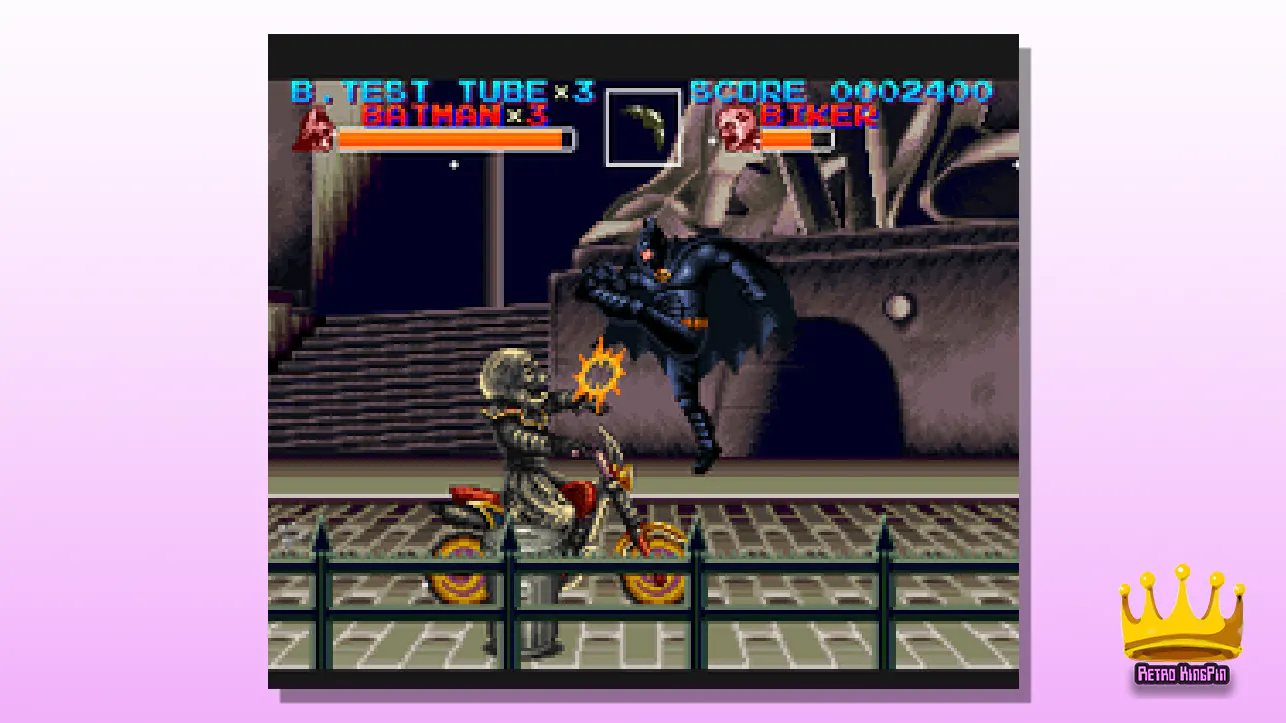
Retro games offer a nice diversion in a world where rapid satisfaction frequently governs our relationships with technology. These games are so straightforward that players can start playing right away and feel a sense of accomplishment practically soon away. It’s not necessary to spend hours figuring out complex button layouts or interpreting convoluted storylines. The immediate enjoyment of retro games is comparable to the joy of concluding a simple puzzle.
Retro games’ everlasting appeal is also a result of their simple gameplay mechanics. The essential gameplay mechanics of timeless games like “Tetris” and “Pac-Man” are still as captivating now as they were decades ago, even though the aesthetics and technology may have aged. These games’ simplicity and ability to appeal to universal human impulses like pattern identification and spatial awareness are what make them so popular.
Take “Tetris” as an illustration. The game’s gameplay centres on creating full lines out of falling blocks. The players’ spatial and cognitive capabilities are tested by this apparently easy objective. Tetris has been around for a long time, but it’s still addictive and mentally challenging, demonstrating that keeping things simple may lead to engaging gaming.
4. The Art of Preservation

Preserving the past becomes a laudable goal in a world where technical improvements are unrelenting. The “game preservationists,” or people who love old video games, are devoted to preserving these digital artefacts. They preserve the wonder of the past for future generations by collecting ancient consoles, cartridges, and arcade equipment.
The act of collecting is at the core of retro game preservation. In quest of antique consoles, cartridges, and other gaming accoutrements, enthusiasts seek garage sales, flea markets, and internet auctions. It’s not only about building up a private collection; it’s also about preserving the digital remnants of a time when gaming was just getting started.
Every old console, every cartridge that has collected dust, and all of those misplaced game manuals are historical objects. These are the materialisation of the childhood gaming memories that many people treasure. Collectors work to preserve these artefacts for future generations because they are aware of their historical significance.
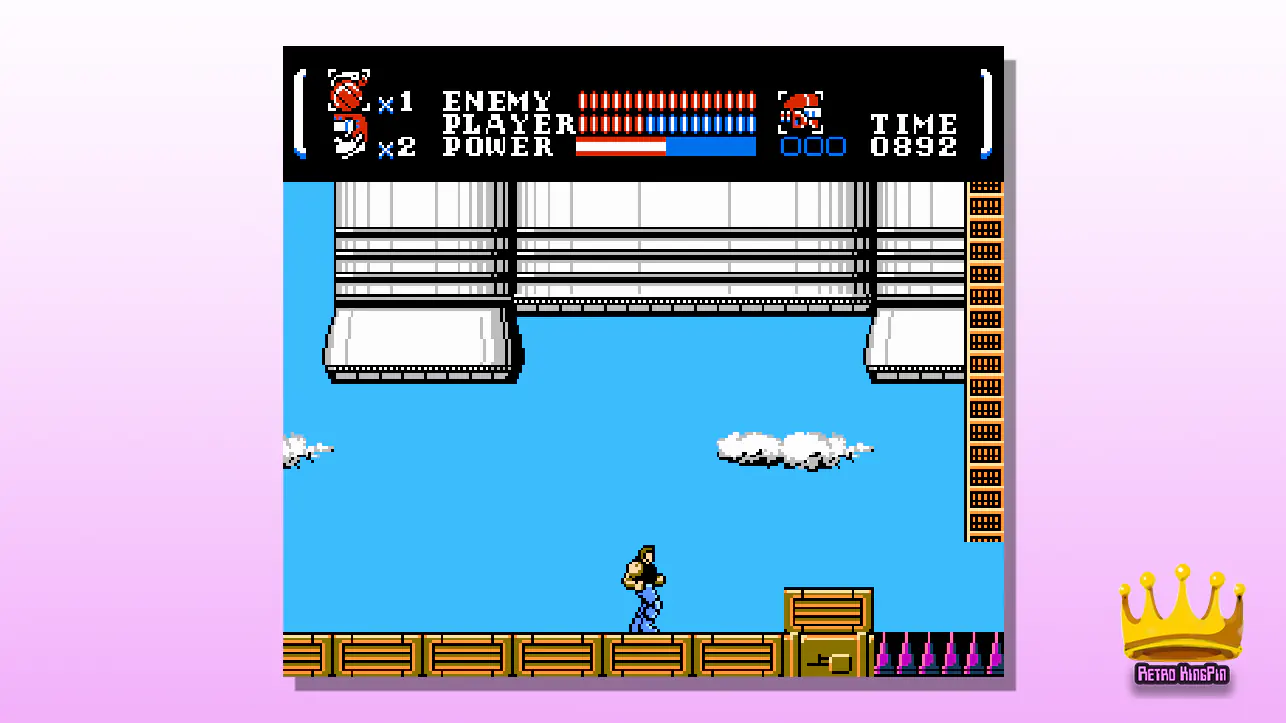
Preservationists are not satisfied with merely collecting. They devote time, energy, and even financial resources to preserving and restoring these deteriorating artefacts. It’s comparable to restoring a vintage car or a magnificent work of art. Games are kept in secure containers to safeguard them from the ravages of time, and damaged labels are painstakingly replaced. Consoles are also cleaned and repaired.
This scrupulous attention isn’t simply for show; it’s a sincere desire to keep these relics usable and accessible. In order for contemporary gamers to enjoy these ancient games as they were intended to be played, it is important to bring the past to life.
5. A Unique Aesthetic Appeal
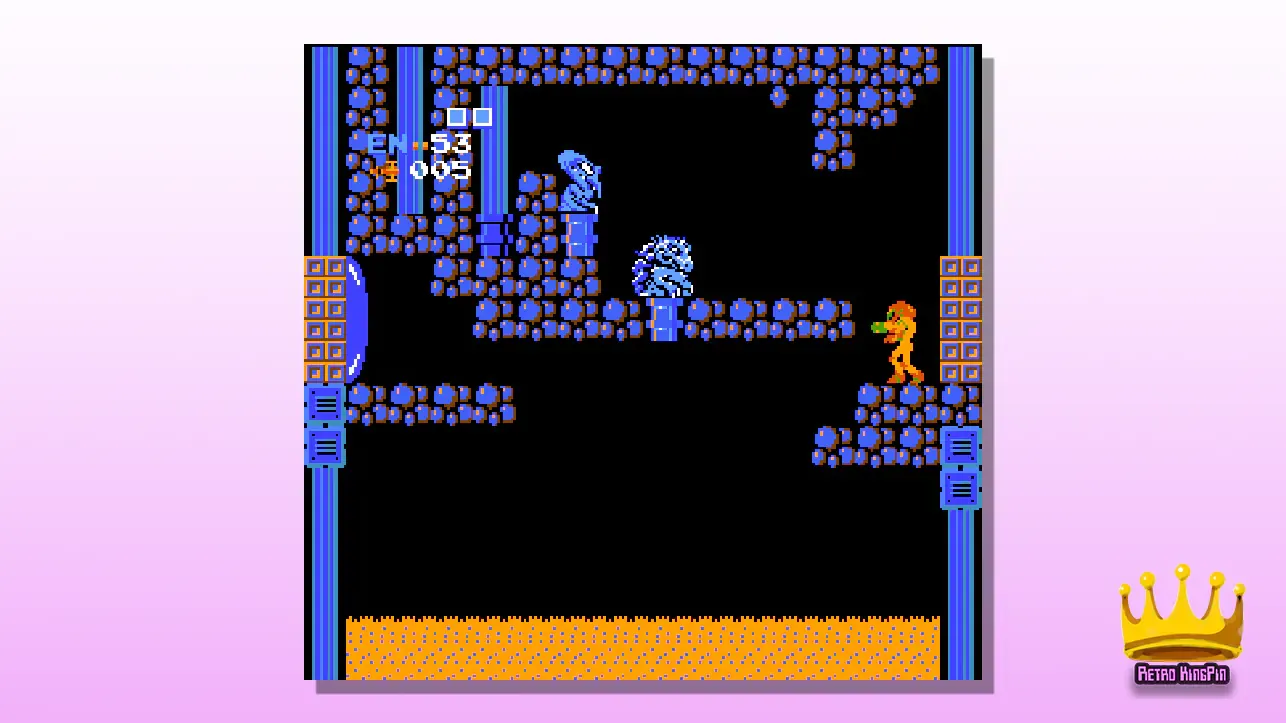
Vintage games have a particular aesthetic appeal. The tiny artwork and constrained colour schemes inspire feelings of authenticity and nostalgia. Retro images stand out for their simplicity in a world of high-definition 3D graphics, elevating them to the status of an independent art genre.
The craft of pixilation lies at the heart of the visual appeal of retro gaming. Retro games don’t have the smooth, high-definition graphics found in modern games; instead, the game environment is built up from individual pixels, tiny squares. Each pixel in this pixel-level workmanship contributes to the overall creative tapestry, similar to painting with squares on a canvas.
What could at first seem to be a technical constraint turns out to be a potent aesthetic tool. These pixels are expertly handled by game designers, who give them personality, expression, and character. They produce visually compelling stories using scant resources that players may relate to. A more immersive and interesting experience is produced by the meticulous placement of pixels, which allows for subtle details and evocative elements that force the user to use their imagination to fill in the blanks.
6. Challenging Gameplay
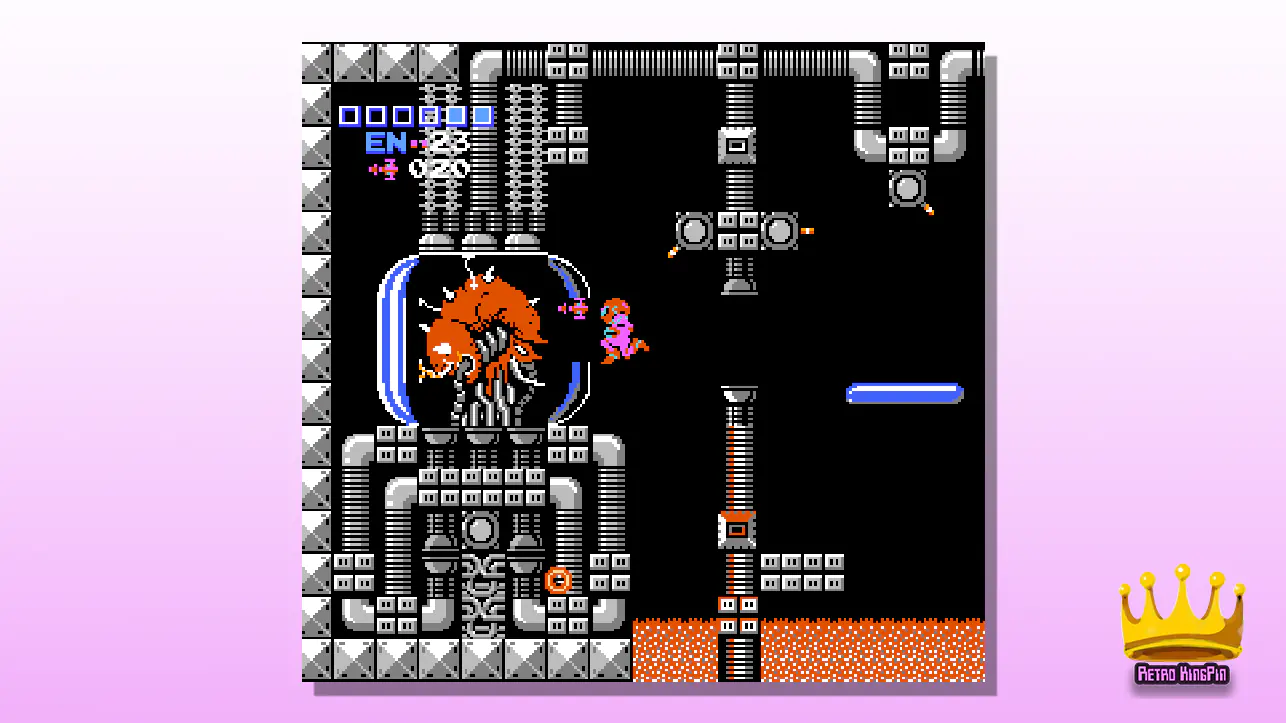
Retro games are well known for being challenging, frequently driving players to the point of giving up. Paradoxically, yet, it’s this challenge that gives them their allure. The sense of satisfaction that comes with defeating a demanding boss, completing a particularly challenging level, or earning a high score is quite satisfying. We all know the infamous term “NES hard” and can attest to it in many ways.
The feeling of mastery is what keeps players interested in the game. It’s the knowledge that each unsuccessful attempt moves them one step closer to success. In a virtual world where success is earned rather than given to you for free, retro games teach you endurance, patience, and the value of hard effort.
Precision is crucial in the world of retro gaming. Players must master a high degree of precision and timing since they must execute split-second maneuvers in shooters like Contra or perform pixel-perfect jumps in platformers like Super Mario Bros. Players are forced to develop their reflexes and improve their motor abilities in response to these demands.
The challenge becomes more individualized due to the emphasis on accuracy. Success is also influenced by the player’s own skill and dexterity, not just character advancement or in-game enhancements. An additional level of engagement and interest in the gaming environment is provided by the sense of agency and responsibility for one’s success or failure.
Conclusion
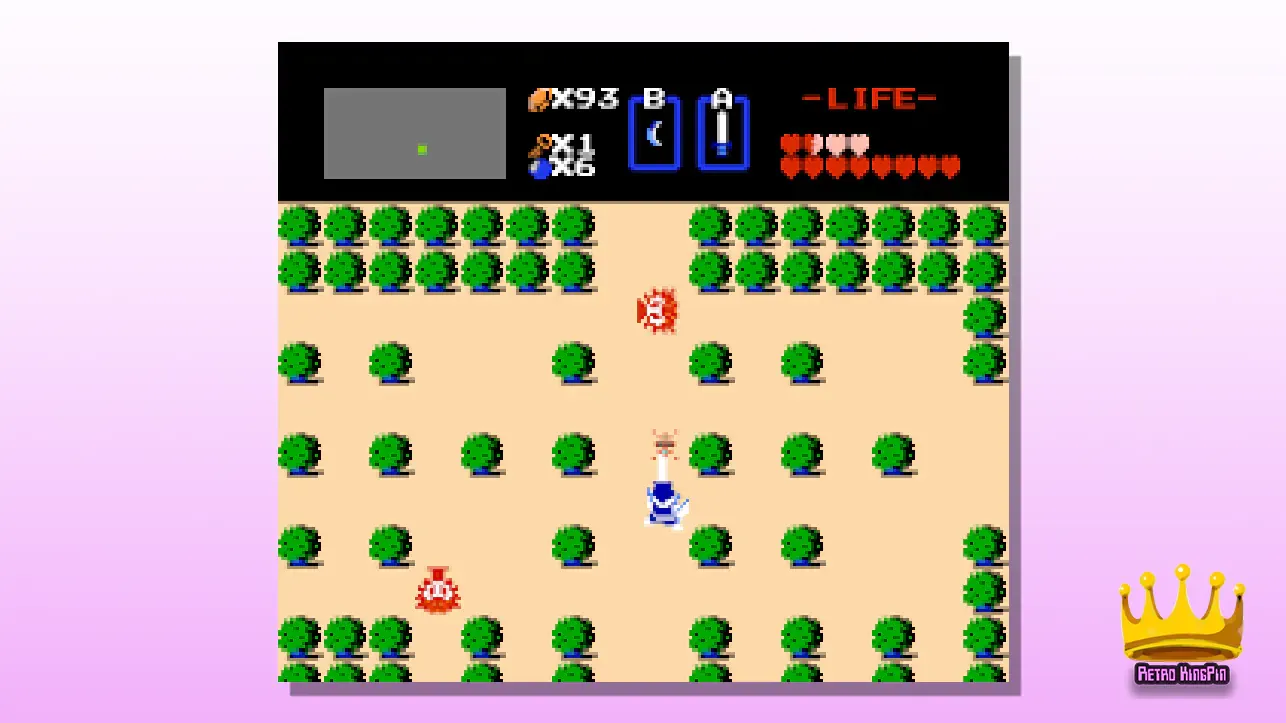
While you might be wondering why those retro games are considered good, retro gaming is a monument to the enduring appeal of simplicity and nostalgia in a world where technology is continually advancing. It provides a special fusion of cosines, difficulty, and community that draws players back for more.
Hence, keep in mind that you’re not just playing a game when you dust off your old Nintendo Entertainment System or launch a vintage emulator; rather, you’re embarking on a joyous trip down memory lane with others.
